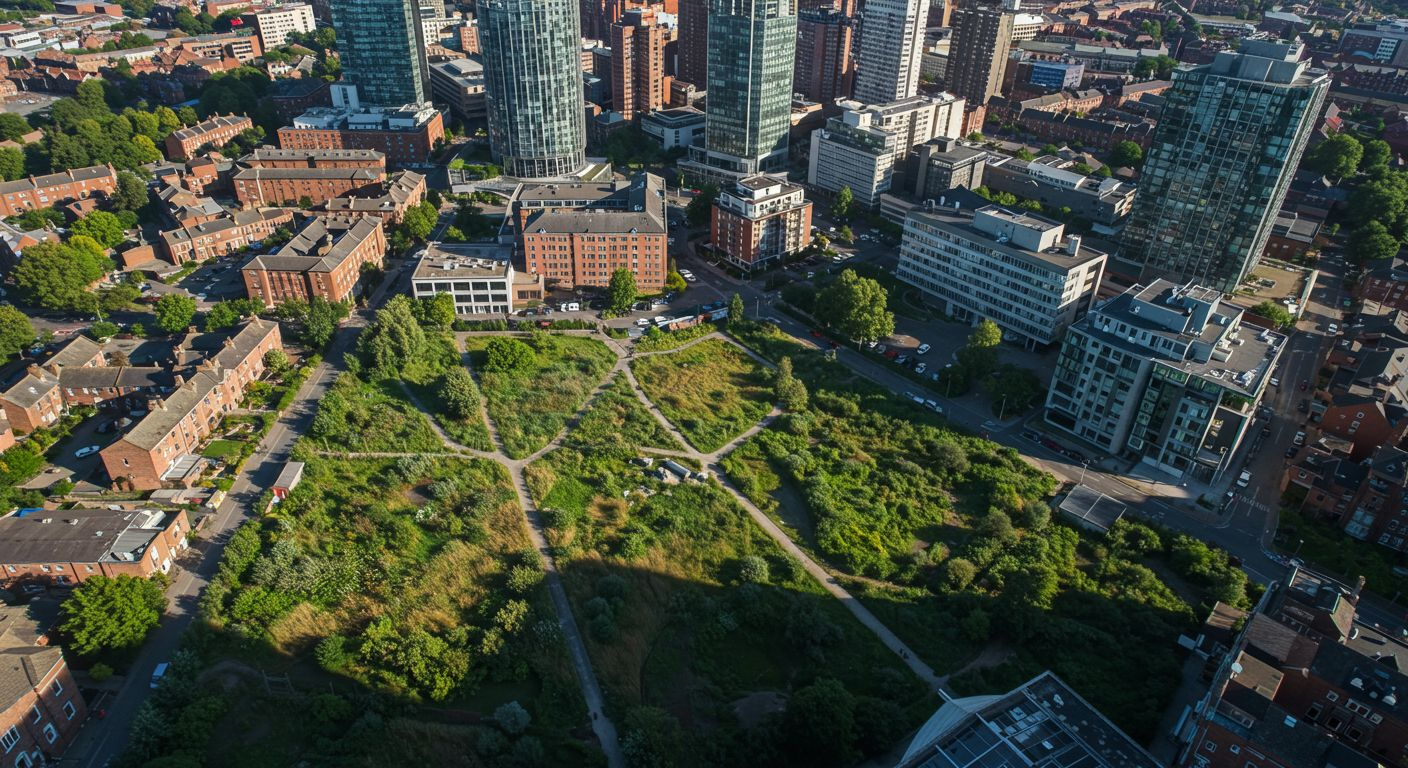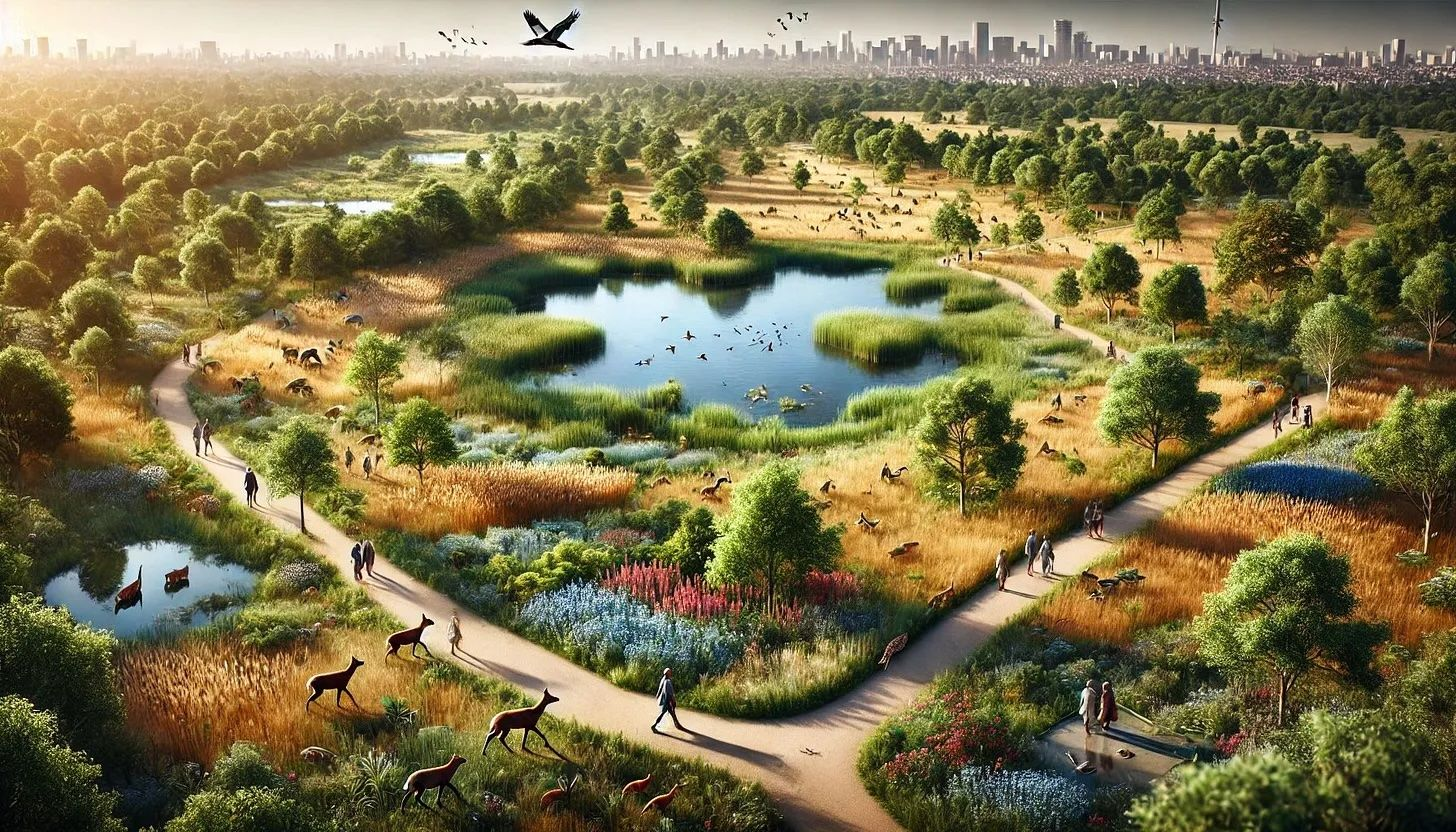A recent article in The Guardian shared the interconnection between human activity and unprecedented biodiversity decline, definitively established in a groundbreaking study published in Nature. This research, led by scientists at the Swiss Federal Institute of Aquatic Science and Technology, provides the most comprehensive evidence yet of humanity's direct role in ecosystem collapse.
For the first time, researchers have traced species extinction and ecosystem degradation directly to human actions by analysing data from more than 45,000 sites across 127 countries. The evidence is clear: where human activity intensifies, biodiversity rapidly diminishes.
What makes this study revolutionary is its scale and methodology. Unlike previous research that focused on limited regions or theoretical models, this global analysis examined real-world measurements across six major ecosystems:
In each ecosystem, scientists discovered the same pattern: as human intervention increases through agriculture, urbanisation, resource extraction, and pollution, biodiversity metrics plummet in direct correlation.
While climate change often dominates environmental headlines, this research reveals a more nuanced reality. Human-driven habitat destruction emerges as the primary culprit behind biodiversity loss, followed by pollution and resource overexploitation.
Dr. Emma Sinclair, lead researcher, explains: "We've been focusing heavily on carbon emissions, but this data shows we must address multiple human impacts simultaneously. Biodiversity doesn't distinguish between threats – it responds to their cumulative effect."
The findings highlight alarming statistics:

Traditional conservation approaches focus on protecting what remains. While valuable, this study suggests a more profound strategy is needed: regenerative ecosystem restoration. This approach doesn't just prevent further losses but actively rebuilds ecological integrity.
What does regenerative restoration look like in practice?
Well, LettsSafari is a great example. We have transformed parks and gardens into biodiversity hotspots by reintroducing keystone species and allowing natural processes to rebuild ecological complexity. Within fifteen years, this regenerative, smaller-scale rewilding approach created habitat for numerous threatened species while maintaining economic viability.
While large-scale initiatives are crucial, individual actions collectively drive significant change. How can you contribute to biodiversity regeneration?

The study's most profound implication challenges our fundamental relationship with nature. Western thinking has long separated humans from natural systems, viewing environmental protection as restricting human activity.
This research suggests a different paradigm: human activities must be redesigned to enhance rather than diminish biodiversity. This means creating agricultural systems that build soil health and habitat, developing urban areas that incorporate ecological corridors, and managing resources based on ecosystem carrying capacity. All areas LettsSafari can help with.
"We need to move beyond sustainability to regeneration," notes environmental economist Dr. James Morton. "Sustainability aims to reduce harm, but regeneration asks how human presence can actively improve ecological health."
This perspective aligns with indigenous wisdom that has always understood humans as integral participants in natural systems with responsibilities toward ecological wellbeing.

The window for effective intervention is narrowing. The study identifies multiple ecosystems approaching irreversible tipping points, however, the research also offers hope. Ecosystems show remarkable resilience when human pressures reduce and regenerative approaches are implemented. Recovery rates accelerate when multiple restoration strategies work in concert.
Have you considered how your daily choices contribute to either ecosystem degradation or regeneration?
At LettsSafari, we're pioneering approaches that transform degraded landscapes into thriving ecosystems while creating sustainable livelihoods. Our network of safari parks demonstrates how regenerative land management can rapidly rebuild biodiversity while providing economic benefits. Plus these approaches can be applied to personal and public spaces at home and work.
The evidence is clear: humanity stands at a crossroads. We can continue business as usual and witness accelerating ecological collapse, or embrace regenerative approaches that rebuild the living systems upon which all life depends.
The choice belongs to each of us. What world will you help create?
Discover how individual actions can contribute to large-scale environmental healing. LettsSafari membership includes latest rewilding thinking, updates on our parks and gardens, and actionable rewilding guides for the public. All for the price of a coffee per month! Sign up TODAY!